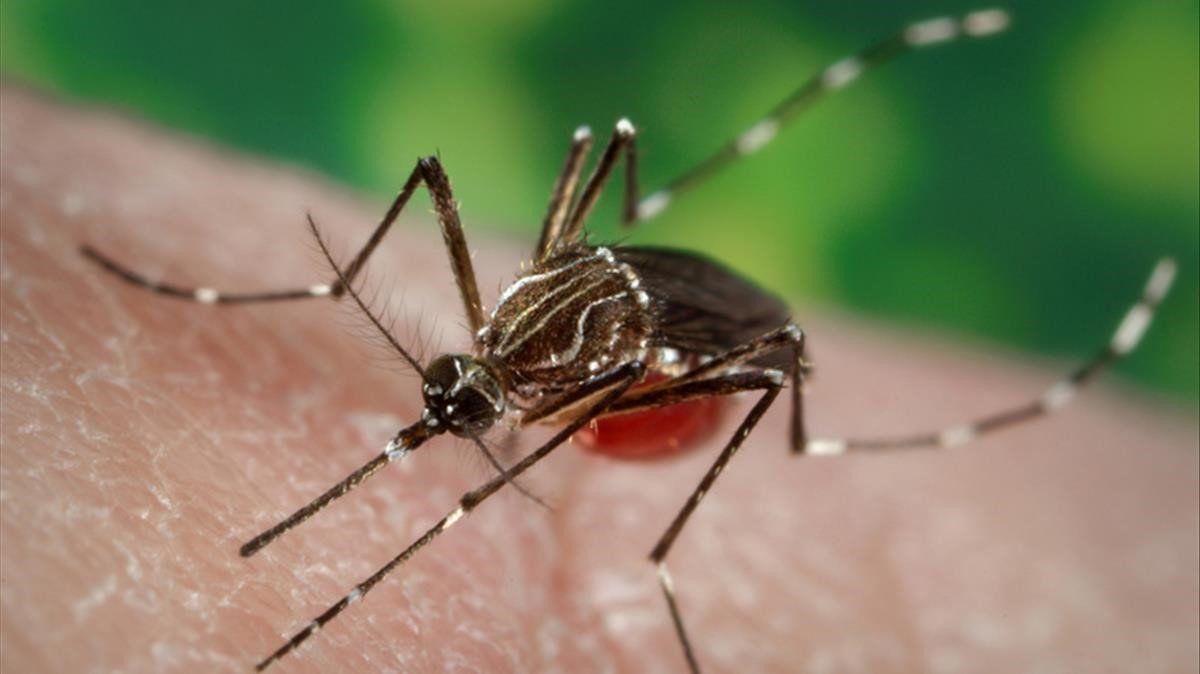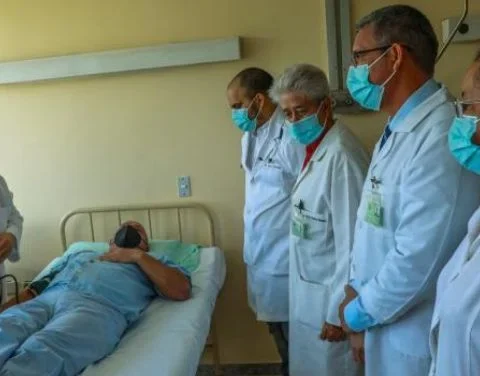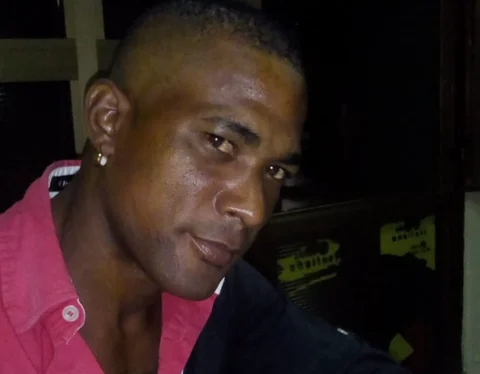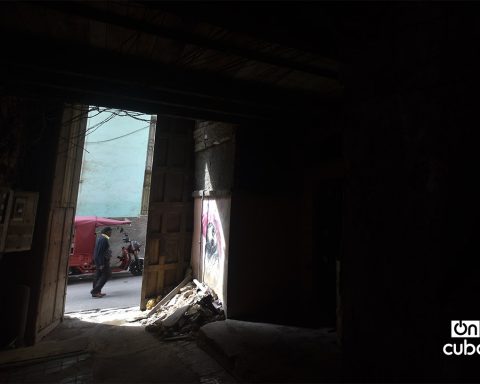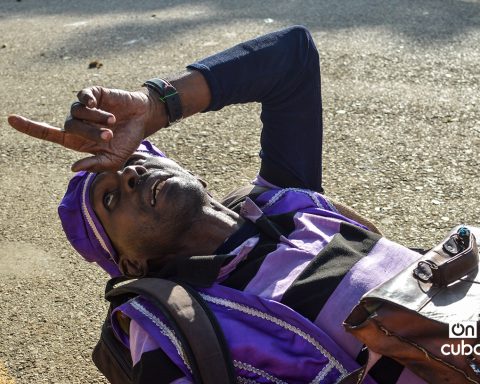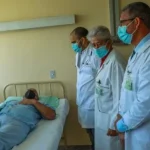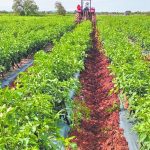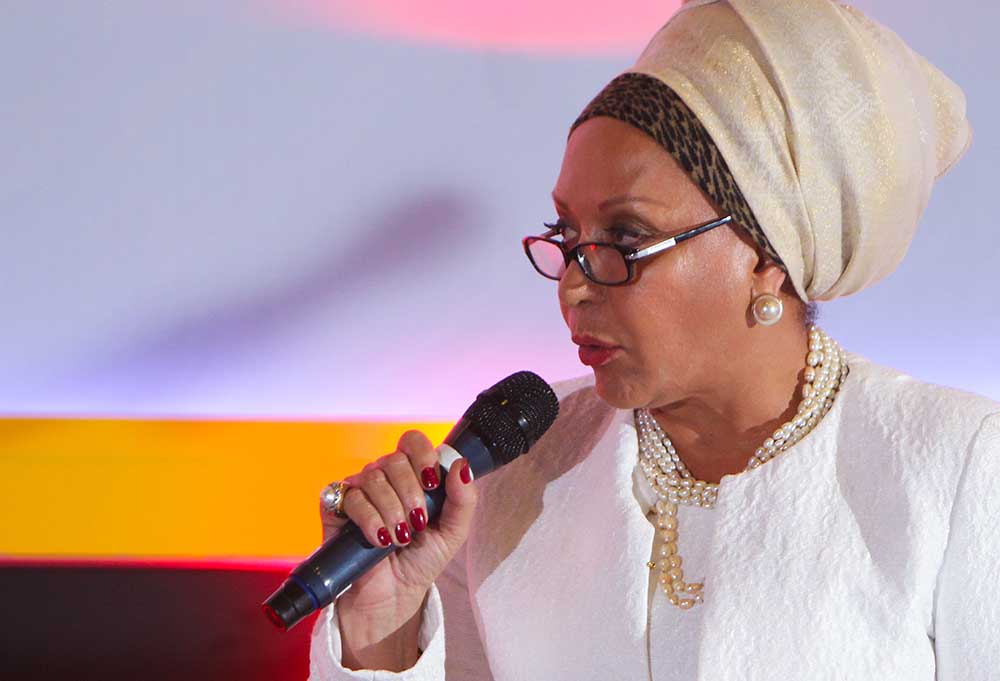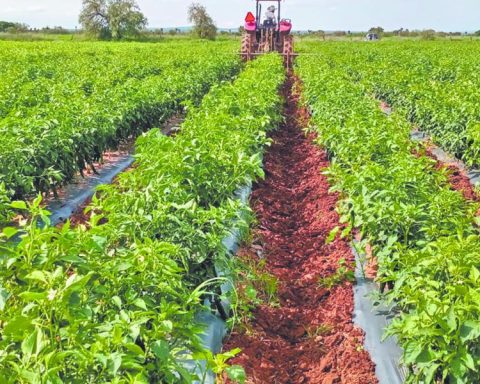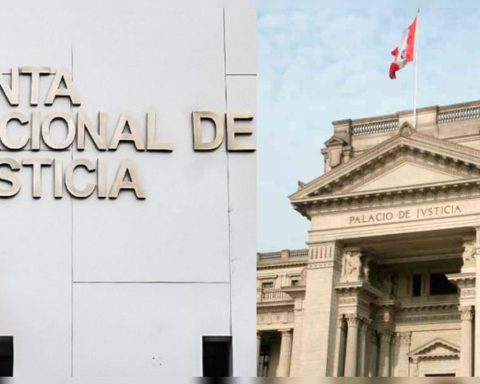Last Tuesday, at the meeting of the temporary group for the prevention and control of COVID-19, the Cuban Prime Minister, Manuel Marrero Cruz, said: “today we have the main dangers concentrated in dengue.” At the meeting, in which the President and Vice President of the Republic were also present, the Minister of Health, José Ángel Portal Miranda, reported that in week 35 —which closed on September 3— they presented transmission of the disease “14 provinces , 41 municipalities and 58 health areas”. He added that the incidence rate -number of new cases per thousand inhabitants- increased in relation to the previous week and that the territories with rates higher than the country’s average are: Santiago de Cuba, Havana, Guantánamo, La Isla de Youth, Camagüey, Las Tunas and Matanzas.
As part of what appears to be an “offensive against dengue”, last Thursday the deputy minister of MINSAP, Dr. Carilda Peña García, explained that we are “in a difficult time” and expressed her concern because historically the disease “shows its highest peaks in late October and early November. The official added that “today 71 municipalities of the country are being fumigated”, precisely, in the provinces with the highest incidence and acknowledged that “what had to be done —in the previous months— inside the house was not possible.”
From COVID-19 to dengue, the complex epidemiological transition
Likewise, local press media report actions in three provinces. According to Tribune of Havana, at the temporary group meeting in the country’s capital on September 3, it was reported that 786 suspected cases had been detected the previous day, of which 4 were reported as serious, and 959 medical discharges were recorded, while 6,771 patients remained hospitalized , 978 in hospitals. For its part, Escambray reported that “85% of the urban universe” is being fumigated in the municipalities of Sancti Spíritus, Trinidad and Cabaiguén, where the mosquito infestation rates are above what is permissible. Finally, in the eastern province of Guantánamo, it was necessary to summon medical and nursing students to join the active investigation, identifying “more than 150 suspicious patients.” According to Cuban News Agency (ACN)in that territory they were confirmed “992 cases of dengue and the increase in the rates of mosquito outbreaks”, two statistics that go hand in hand. Although there are no official figures on this disease, the above can give an idea of the magnitude of the problem that the country is facing. All this occurs in a context in which according to the dean of the Faculty of Mathematics and Computing of the University of Havana, Raúl Ginovart, what is expected is that “control of COVID-19 is maintained in all territories.”
In the world, 2.5 billion people live at risk of getting dengue and, precisely, these are the summer and autumn months in which, due to the rains and the increase in temperatures, the mosquito infestation increases and the cycle of life of the virus in the digestive system of the insect are shortened, thus increasing the transmission of the disease. At the same time, in the Latin American region, an increase of 300% has been reported since the first week of the year and 161% in relation to the same period last year. The foregoing speaks of the transition from COVID-19 to dengue, which could be seen as the return to “epidemiological normality” in the region and, of course, also in the country.
In the case of Cuba, however, the situation has become more complex due to the economic crisis. In a previous article, I had made reference to the complex scenario that existed in six provinces where, at the beginning of the summer, there was an increase in focality, in the number of suspects, and in transmission. I also highlighted the statement made by the national director of Surveillance and Anti-Vector Control of the MINSAP, Dr. Madelaine Rivera Sánchez, that “due to the current situation in the country with fuel, there will be no intensive fumigation as was the case in other campaigns, which every 6 days It reached the whole universe. The Vice Minister of Public Health was referring to the latter when she said that “we know that we have responsibility with the issue.”
This issue has another important edge: that related to the economic impact that the dengue endemic could get out of control for the country. Beyond the human costs of the disease, the days of work lost, everything related to hospitalization and treatment of the sick, important tourism emitters such as Spain, France and the United States are alert to the number of imported dengue cases to those countries, coming from the Island. In a Article published in The country, from Spain, notes that Cuba is experiencing “the largest epidemic of the disease since 2019, aggravated by the reduction in fumigations due to fuel restrictions.” That text also adds that “about two thirds of the hundred or so diagnoses reported this summer” in the Iberian country come from the island and that it is “the first country of origin of imported dengue cases diagnosed in France” , almost a third and in Florida where “193 of 216 affected tourists” had visited Cuba.
Another aspect, perhaps not sufficiently explained, is the fact that previous infection by one of the four dengue serotypes confers immunity to it but increases the risk of suffering from a severe form — hemorrhagic dengue, shock for dengue—if the person becomes infected with a different serotype. Such is the current situation in the country, where between 2018 and 2021 serotype 1 predominated, while currently there is a predominance of 3, present in 60% of cases. Additionally, combination 1-3 is one of the most serious.
Also this week it was learned that a group of researchers from the Center for Genetic Engineering and Biotechnology (CIGB) work progresses to obtain vaccine candidates, which runs into significant technical difficulties. This would not be the first vaccine against the disease that exists in the world, where the CYD-TDV, developed by Sanofi Pasteur and marketed in some 20 countries, already exists. However, it is recommended only for people aged 9 to 45 years, residents in endemic areas, who have had at least one episode of previous infection, because its administration in other conditions has led to an increased risk of suffering from a severe form of the disease.
As can be seen, the situation is complex and could be even more so in the coming months, as the Vice Minister of Public Health explained. The return to normal epidemiology and the circulation of various serotypes of the disease —which increases the severity of the symptoms—, together with the difficult economic context that the Island is going through, complicate the situation. The next few months will be tense, there is no doubt.
